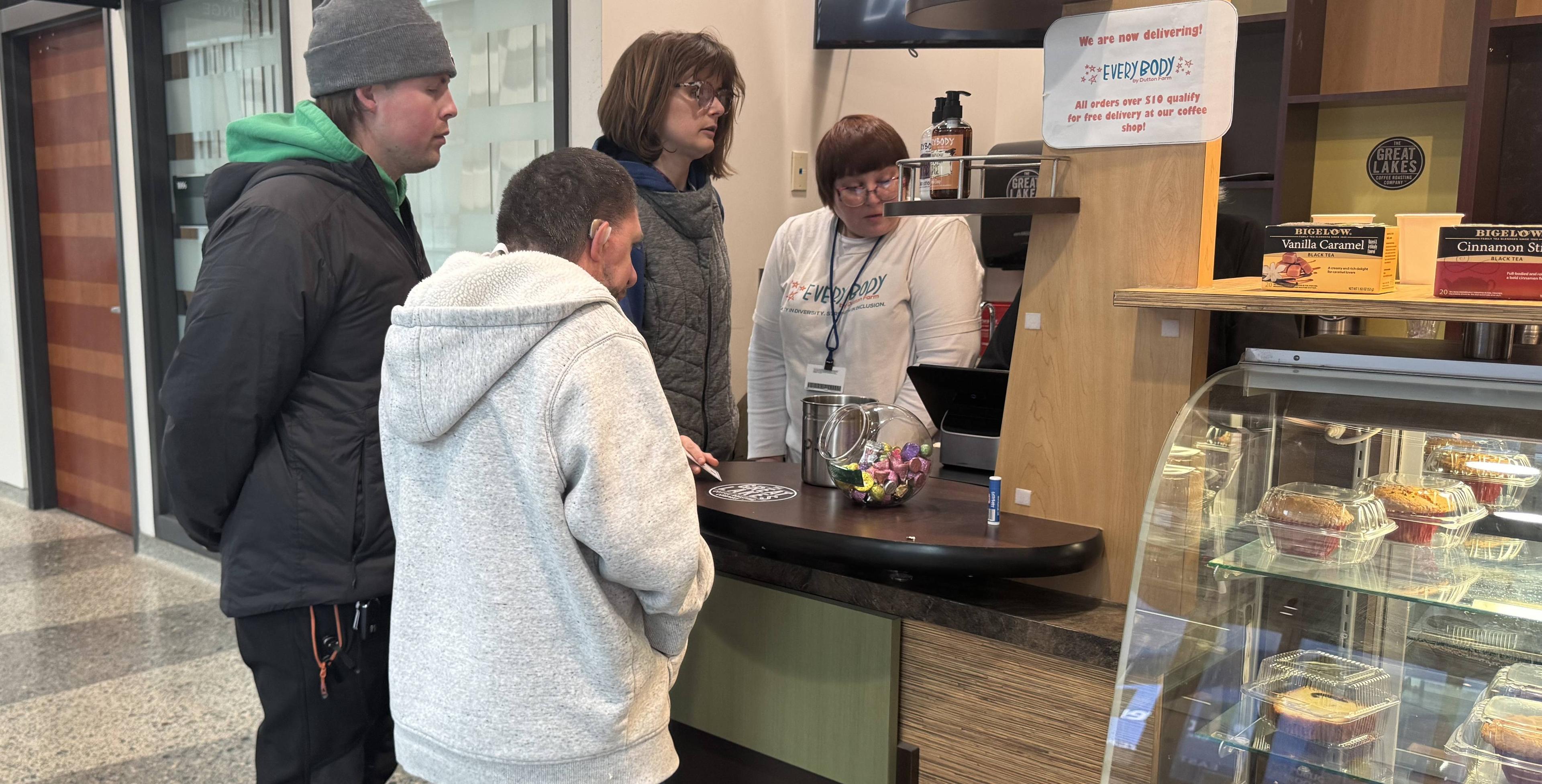
Every February, Black History Month (BHM) presents us with an opportunity to not only highlight the achievements and resiliency of the African American/Black community, but to recognize and understand the racial hardships and inequities of the past and present and its impact. As we look to foster inclusion in our workplaces, Black History Month affords us the opportunity to reflect, celebrate and engage in meaningful ways.
Tap into employee resource groups
Companies can leverage employee resource networks (ERNs) to help plan educational events during Black History Month. Many companies have a resource group or network that highlights the experiences of people with African ancestry. If your company does not have one, Black History Month could be the perfect time to establish one. Your company’s African American/Black ERNs could be a great resource to tap into for BHM celebration ideas and tips on how to be mindful when putting a plan together. The input of ERNs is vital because they help enhance cultural sensitivity and provide knowledge about specific demographics or populations. Here are some BHM efforts your company could initiate under the guidance of an ERN. Since many companies are still operating remotely during the COVID-19 pandemic, the ideas below are virtual-friendly.
Spark conversation
Bring your office together, either virtually or in person, to offer a platform to underrepresented perspectives. If they are open to it, give your African American/Black employees a space to share their personal experiences, victories, and struggles, an exercise that could offer new perspectives to non- African American/Black employees through company-wide conversations. Difficult discussions about racial inequality are often shied away from at work, but this sort of workshop could present an opportunity to engage in a meaningful dialogue, assuming all parties can talk respectfully and in good faith. One way this can be achieved is by securing an experienced speaker or facilitator who understands the experiences of the African American/Black community.
Create an internal webpage that promotes African American/Black business, art, and philanthropic efforts
Just ahead of BHM consider devoting a resource page on your company’s website that links to local African American/Black art, literature, film, business, music and philanthropy and charity efforts. Take the time to curate a list of your metro area's African American/Black-owned businesses so your employees can support them. A lot of cities benefit from tourism promotional organizations or chambers of commerce that list these directories. For example, Visit Detroit’s Black-Owned Businesses page lists dozens of Black restaurants, retail stores, salons, gyms, and other businesses. CharityNavigator.org has a “Black-Founded Nonprofits” page that lists over 25 verified nonprofit charities.
Support these values 365 days a year
While BHM is and should be about amplifying underrepresented voices, the people of color in your company should be recognized year-round. Organize a company book club that features topics reflective of the African American/Black experience. Volunteer with local nonprofit charities that serve the African American/Black community once every month or quarter. You can also consider keeping the previously mentioned internal resource page active beyond February and adding to it on a weekly basis. It’s important not to downplay demographic differences at work and instead, embrace the diverse cultural and ethnic backgrounds of all employees. Read more: Four Ways to Build a More Disability-Inclusive Workplace Mentoring in the Workplace: How Companies and Employees Benefit What is Blue Mind Theory? Photo credit: Getty Images





